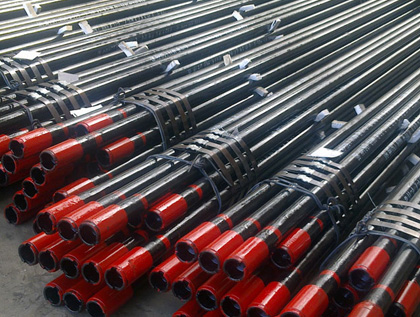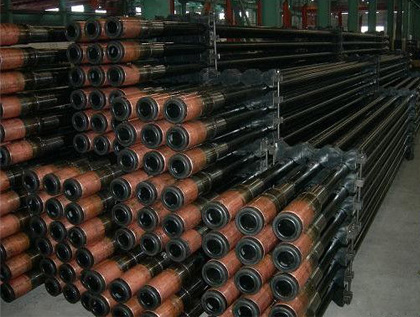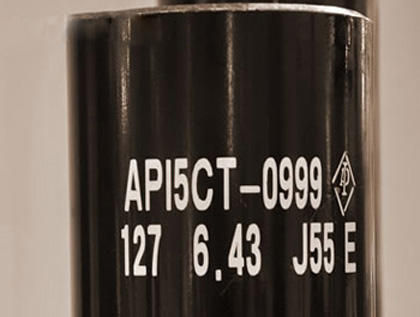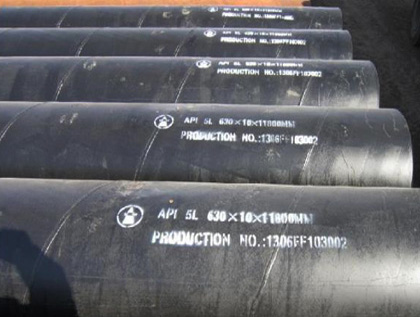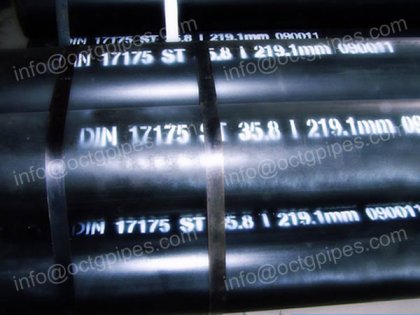the ways to identify the stainless steel tube
The ways to identify the stainless steel tube, there are four ways to identify. Today Anson steel stainless steel tube supplier will enjoy the experience for customers or clients. Hope helps you!
Stainless Steel Tube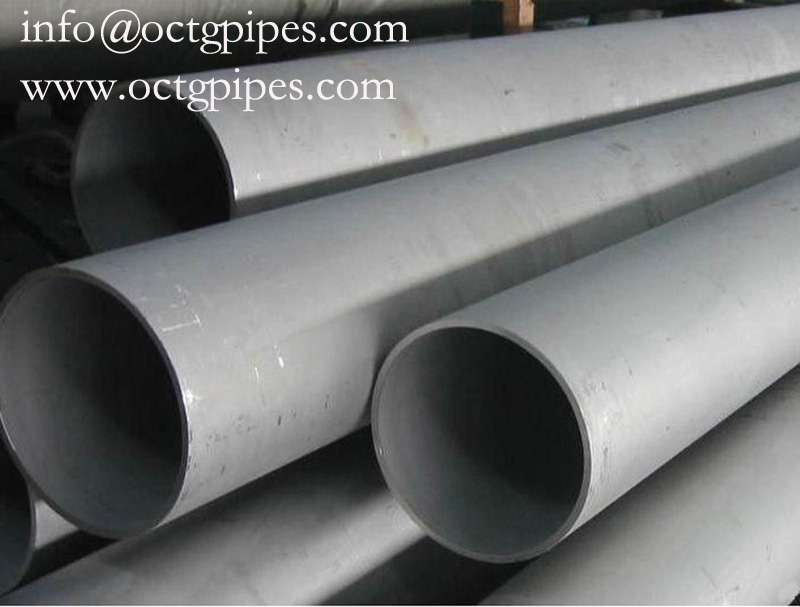
It is the simplest way to distinguish annealed austenitic stainless steel and ferritic stainless steel. Because austenitic stainless steel is non-magnetic, while heavy reduction will have a mild cold magnetism; and pure chromium steel and low steel are ferromagnetic steel.
A tremendous feature of the stainless steel tube is concentrated and dilute nitric acid with inherent corrosion resistance. So stainless tubing can be easily distinguished from most other steels or alloy steels. However, high carbon steel 420 and 440 points is slightly corroded during the nitrate test, and non-ferrous metals will immediately encounter concentrated nitric acid corrosion. The dilute nitric acid has a strong corrosive to carbon steel.
The copper sulfate test is the quickest and easiest way to distinguish between common carbon steel and all types stainless steel. Copper sulfate solution uses in concentrations of 5-10%. Before pursuing with the test, the test area must remove grease or various impurities thoroughly with polishing cloth or small area. Then use dropper regional infusion of copper sulfate solution to clean up. The surface of common carbon steel or iron will form a layer of copper in a few seconds, while stainless steel surface will not form copper precipitation or show copper color.
The sulfuric acid test for stainless pipe can separate 302,304 and 316 as well as 317 steel. Volume of test solution of sulfuric acid concentration of 10% was heated to 71℃. The let the 302 and 304 dip into the hot solution, 302 and 304 stainless steel are rapidly etched with large number of bubbles and black sample in a few minutes; and 316 and 317 stainless steel samples are not subject to corrosion or reaction slowly without bubbles. The samples don’t change color within 10 to 15 minutes. If specimens tested simultaneously with a known composition to approximate comparison, make the test much more accurate.


